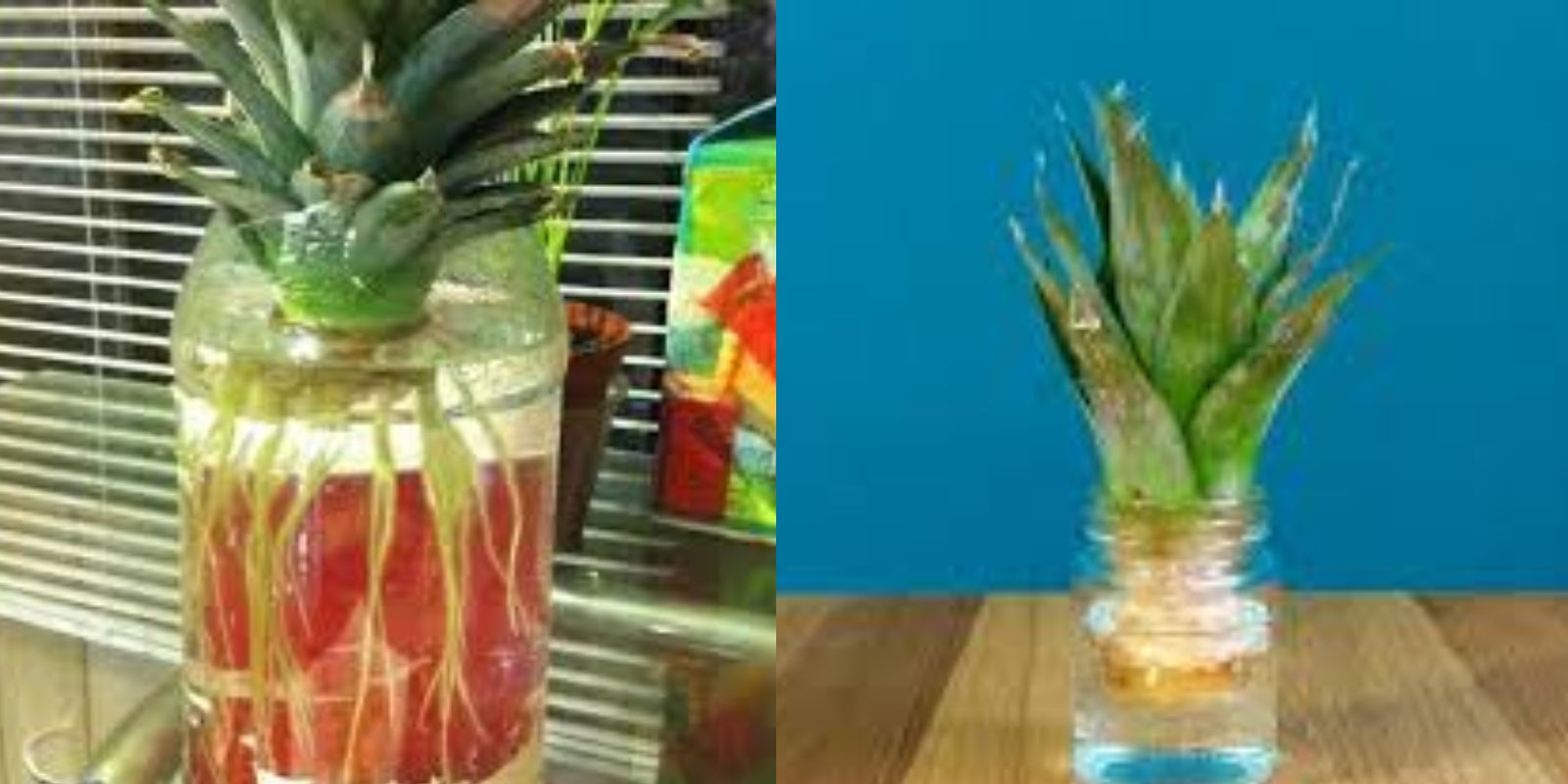Introduction
Pineapples are a symbol of the tropics, bringing sweet flavors and vibrant energy to any home or garden. Surprisingly, growing pineapples at home is easier than you might think. With just a store-bought pineapple and some patience, you can cultivate your own thriving pineapple plant. This guide will walk you through each step of the process, from choosing the perfect pineapple to nurturing your plant into fruiting success.
1. The Benefits of Growing Pineapples at Home
Before we dive into the “how-to,” it’s worth exploring why you should grow pineapples at home:
- Cost Savings: Growing your own pineapples saves money compared to buying them repeatedly.
- Eco-Friendly: Reusing pineapple tops reduces food waste and promotes sustainable living.
- Aesthetics: The lush, spiky leaves of the pineapple plant add a tropical touch to your garden or indoor space.
- Educational: It’s a fantastic project for children and beginners learning about plant life cycles.
2. Choosing the Right Pineapple
The success of your pineapple plant starts with selecting the right fruit. Look for a pineapple that is:
- Ripe but Firm: Ensure the fruit is fully ripe, as indicated by a sweet aroma and golden-yellow color.
- Healthy Leaves: The crown (top leaves) should be vibrant green, not brown or wilted.
- Free from Rot: Avoid pineapples with mushy or damaged areas.
3. Preparing the Pineapple Crown
- Remove the Crown:
- Grip the leafy top of the pineapple and twist it off gently. Alternatively, you can cut the top about an inch below the leaves.
- Clean the Stem:
- Peel off 3–4 layers of the lower leaves to expose the stem. This step is crucial, as the stem is where the roots will grow.
- Dry the Crown:
- Allow the crown to air dry for 1–2 days in a shaded area. This prevents rotting when planted.
4. Rooting the Pineapple Crown
There are two primary methods to root the pineapple crown:
Water Method
- Place the exposed stem in a glass of water, ensuring the leaves are above water.
- Change the water every 2–3 days to keep it fresh.
- After 2–3 weeks, small roots will begin to sprout.
Direct Planting Method
- Skip the water stage and plant the crown directly into soil.
- Use a well-draining potting mix and bury the stem about 1 inch deep.
5. Planting the Rooted Pineapple
Once roots have developed (or if you opted for direct planting):
- Choose the Right Pot: If planting indoors, use a pot with drainage holes and a minimum 12-inch diameter. For outdoor planting, ensure the soil drains well.
- Plant the Crown: Place the rooted crown into the soil, covering the base of the stem. Press the soil gently around the plant.
- Position Correctly: Pineapples need bright, indirect sunlight. If grown indoors, place the pot near a sunny window or under grow lights.
6. Watering and Care Tips
Pineapples are resilient but require consistent care:
- Water Sparingly: Keep the soil slightly moist. Overwatering can cause root rot. During dry periods, mist the leaves for added humidity.
- Fertilize Periodically: Use a balanced, slow-release fertilizer every 2–3 months. Pineapples appreciate nitrogen for leaf growth.
- Protect from Frost: Pineapples are tropical plants and cannot tolerate freezing temperatures. Bring pots indoors or cover outdoor plants during cold snaps.
7. Understanding Growth Stages
- Leaf Growth: In the first 6–12 months, the plant will focus on developing a strong leaf structure.
- Fruit Development: After 1–2 years, a red flower spike will emerge, followed by a green fruit that ripens into the pineapple we know.
- Harvesting: Once the pineapple turns golden and smells sweet, it’s ready to pick. Twist it gently off the stalk.
8. Common Challenges and Solutions
Growing pineapples is straightforward, but you may encounter these issues:
- Yellowing Leaves: Check for overwatering or insufficient light. Adjust conditions accordingly.
- Slow Root Growth: Ensure the crown was adequately dried before planting. Patience is key.
- No Fruit After Two Years: Encourage flowering by using a natural ethylene source, such as placing a ripe apple near the plant.
9. Multiplying Your Pineapple Plants
Once your pineapple plant matures, it will produce “pups” or side shoots. These can be removed and replanted, allowing you to grow multiple plants from one original crown.
10. Enjoy the Fruits of Your Labor
Harvesting your homegrown pineapple is incredibly satisfying. Not only do you get to enjoy a delicious, pesticide-free fruit, but you’ll also gain a sense of accomplishment and a stronger connection to nature.
Conclusion
Growing pineapples at home is a delightful journey that combines sustainability, creativity, and a touch of tropical magic. Whether you’re an experienced gardener or just starting, this project will add a flavorful and aesthetic touch to your home.
Get Started Today!
Have you tried growing a pineapple at home? Share your experiences, photos, or tips below! 🌱🍍
#GrowYourOwn #TropicalPlants #PineappleGardening #DIYGardening #GardeningHacks

